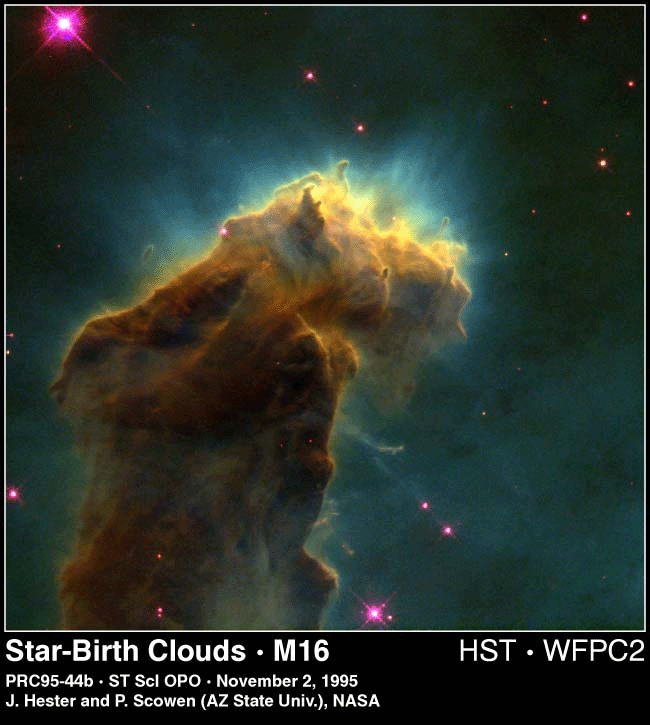Cosmochemistry Research with the UCLA IMS-1270

Cosmochemistry research in the UCLA ion microprobe laboratory utilizes isotopic and elemental tracers in all sorts of extraterrestrial materials to study processes associated with the origin and evolution of the Sun and planets. We seek to understand the nucleosynthetic compositions and interactions of presolar materials in the solar nebula, processes and timescales associated with the formation of components of primitive meteorites, as well as the accretion, and early chemical evolution of planetary bodies. Samples studied include primitive meteorites and interplanetary dust particles, as well as materials collected by missions – including lunar samples, comet samples, and solar wind.

A cut slab of the Vigarano CV3 meteorite. One can easily distinguish the white, irregularly shaped Calcium-Aluminum-rich inclusions (CAIs), thought to be the first rocks formed in the solar system, and the round chondrules, silicate melt droplets that also formed in the solar nebula.
Some current research topics in isotope cosmochemistry at UCLA
- Short-lived radioactivity in CAIs
- 26Al
- 10Be
- Micro-distributions, rims
- Correlations with oxygen isotopes
- 7Be
- Origins
- Relationships of CAIs and chondrules
- timescales
- spatial scales
- oxygen isotope reservoirs
- Interplanetary Dust Particles
- Stardust
- Isotope records in Hibonite
- Differentation of the Moon
- Composition of the Sun
- MegaSIMS lab
Al-Mg isotope records in select CAIs of primitive meteorites

BSE image of Allende TS25, a Type A CAI. Red ovals highlight areas analyzed for Al-Mg isotopes with the UCLA ims1270 ion microprobe, and red squares highlight areas analyzed with the NanoSIMS.
By combining the unsurpassed spatial resolution of the NanoSIMS ion microprobe at the Lawrence Livermore National Laboratory with high precision in situ Mg isotope measurements performed on the same CAIs with the ims 1270 ion microprobe, we are able to address issues such as quantifying the primary 26Al/27Al at the time of CAI crystallization, unraveling the nature of possible redistribution of radiogenic 26Mg* following CAI formation, and delineating the timing and mechanism of refractory Wark-Lovering rim (WLR) formation. We have also measured silicon isotope abundances in melilite as a function of distance from the rim. These measurements, combined with Mg fractionation analyses, help constrain the mechanisms of CAI formation and subsequent interactions or exchange with the nebular gas.
An important component of this work involves further development of techniques for measuring Mg isotope ratios by multicollector ion counting with the NanoSIMS. In addition to utilizing the NanoSIMS to determine Mg isotope fractionation, we will also analyze trace element contents within individual mineral layers of WLRs as well as in interior CAI phases. Such correlated analyses are key to establishing the formation mechanisms of WLR layers. The results of this study will help in developing a better understanding of the meaning of the classical 'canonical' 26Al/27Al value characteristic of Mg-poor minerals in CAIs, and will therefore have important implications for early solar system chronology and the origins of short-lived radioactivity in the solar nebula.

Magnesium isotopes fractionation in interior CAI phases (upper panel) and WLR phases (lower panel) obtained with the UCLA ims-1270 probe and LLNL NanoSIMS. All results show consistent ranges in δ25Mg values. The interior phases show a large range in fractionation, whereas WLR phases are isotopically normal. Symbols: circles, melilite; triangles, hibonite; diamonds, spinel; squares, pyroxene.
Cosmochemists with the UCLA ion probe group
Mariana Cosarinsky
Dr. Mariana Cosarinsky is studying records of the high temperature processes in the solar nebular that resulted in the formation and modification of CAIs and chondrules; she also investigates the timescales of asteroid accretion and alteration processes. To do this, she uses the ion probe to analyze stable isotopes systems, such as oxygen, magnesium and silicon, as well as short-lived isotopes, such as 26Al, to constrain processes such as condensation and evaporation in the solar nebula as well as isotopic exchange during interactions between different reservoirs, in nebular and asteroidal environments.

Dianne peers at a moon rock in the Lunar Receiving Lab at the Johnson Space Center, Houston, Texas.
Dianne Taylor
Graduate student Dianne Taylor makes use of the long-lived 176Lu-176Hf isotope system to explore timescales of early planetary differentiation, in particular how long a global magma ocean such as was once present on the Moon would take to completely crystallize. She uses the ion probe to obtain U-Pb and 207Pb-206Pb ages, rare earth element compositions, Ti-calibrated crystallization temperatures and oxygen isotope compositions of extremely ancient lunar zircons, some of which date back to 4.4 billion years ago. The Lu-Hf isotopes of the lunar zircons are then measured using laser-ablation inductively coupled mass spectrometry. Other ion-microprobe projects have included 26Al-26Mg dating of the even-more ancient calcium-aluminum-rich inclusions found in type CV3 meteorites.

Ming-Chang Liu
Ming-Chang Liu
Graduate student Ming-Chang Liu uses secondary ion mass spectrometry (SIMS) to study different isotope anomalies in refractory solids from primitive meteorites, which can be used as a probe to understand the origin and evolution of the early solar system in several aspects, such as chronologies, chemical evolution, irradiation processes and nucleosynthesis.
Papers and People of the Cosmochemistry group at UCLA
An partial list of publications generatedby the cosmochemistry group can be found here.